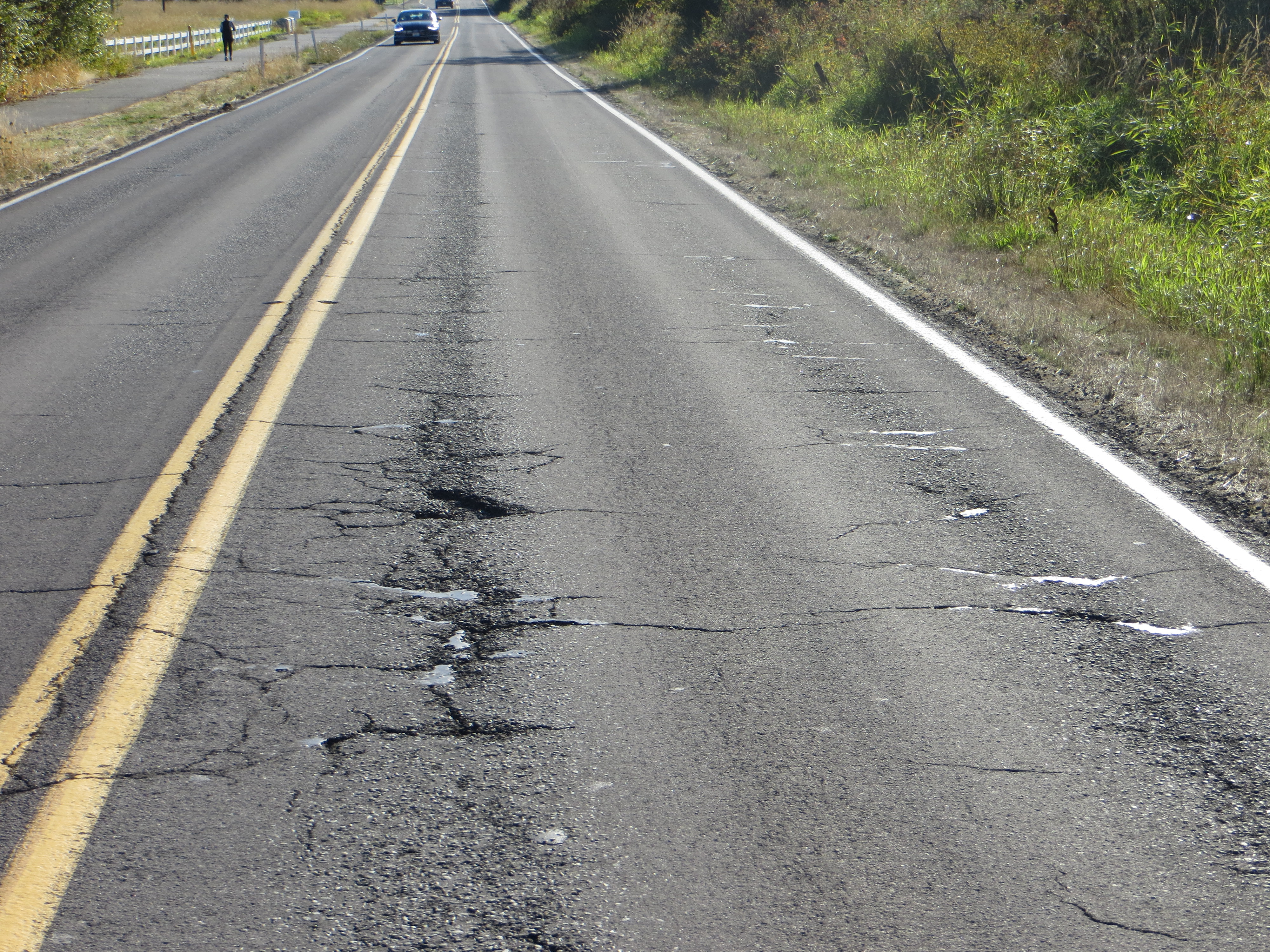 |
Existing Conditions
This project will complete the final segment of the SE 20th Street/NW 38th Ave. corridor that runs between SE 192nd Ave. in Vancouver and NW Dahlia Drive in Camas. It will reconstruct an old two-lane roadway with drainage ditches on both sides of the road and no bike lanes. The project will satisfy the need for a three-lane arterial roadway and will include construction of concrete sidewalk, a concrete multi-use path and bike lanes. These improvements will improve traffic flow, increase overall safety for motorists, pedestrians and bicyclists and encourage the use of multimodal transportation. Multiple collisions have been reported immediately to the east and west of the project limits, and one single car accident involving a roadside drainage ditch has been reported within the limits of the project. Reconstructing the roadway to meet current design standards, removing roadside obstructions and ditches, and installing roadway illumination will be a positive step in reducing the frequency and severity of further accidents. Camas is a small city with a limited number of retail stores, restaurants, medical offices and other commercial and institutional facilities. Residents rely heavily on facilities on SE 192nd Ave., and NW 38th Ave. is the most direct route for many residents to these facilities. The Project Award date in the General Project Information section is listed as 1/16/2024 due to date limitations in the application but the actual award date will be 10/16/2023.
|
